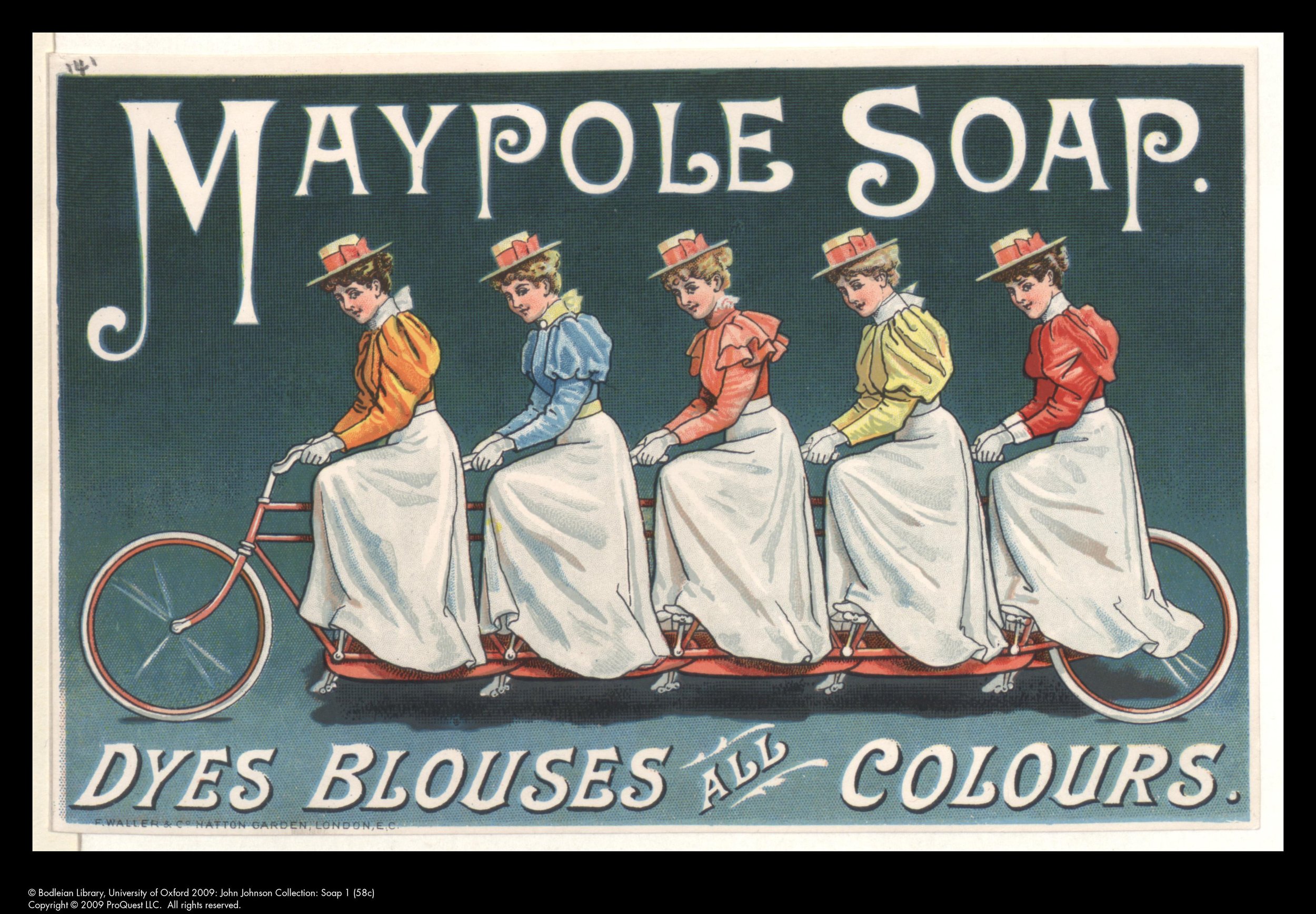Graphic Design in business over the years
Graphic design is also and probably more appropriately known as visual communications – as it plays an integral role in shaping the visual identity of businesses, and has done so throughout history. Originating in ancient symbols and evolving to today’s interactive digital assets, it has consistently evolved and adapted as technologies and societal needs changed.
Below is a brief overview of the evolution of graphic design from prehistoric times through to today.
Prehistory and Ancient Times
Humans began to use marks, symbols and pictures very early, although the earliest known writing systems didn’t appear until over 5000 years ago. Symbols and seals were used in ancient civilisations like Egypt and Iraq (then called Mesopotamia), to indicate ownership and to identify container contents. These symbols and seals are the foundation stones on which branding, as we know it today, is based. One of the earliest cited examples of these symbols in use is the "Kish Tablet", which is thought to feature symbols denoting products.
The Kish tablet (plaster cast), with pictographic writing on both sides, c. 3500 BC. Possibly the earliest known example of writing, Ashmolean Museum.
Renaissance Period (14th - 17th Century)
The first printing press was invented in the 15th century, and fonts were created manually in lead. Businesses started using typography to create logos and advertisements, with the first print ad (for a book) appearing in 1472.
Early print ad
One of the first English printed advertisements: "If it please any man spiritual or temporal to buy an pieces of two and three commemorations of Salisbury use imprinted after the form of this present letter which is well and truly correct, let him come to Westminster into the almonesrye at the reed place and he shall have them for a good price. Please do not remove this notice.”
Industrial Age (18th - 19th Century)
As the industrial revolution changed the entire landscape of life, the rise of consumerism led to the widespread use of posters. Businesses used these elaborate posters to promote products and events, using strong typography and colourful imagery to attract attention. So visually interesting were they, that they have become collectable today.
Golden Age - 20th Century
In the late 19th and early 20th centuries, the two predominant art styles, Art Nouveau and Art Deco, strongly influenced graphic design. Guinness, which was founded in 1759, commissioned a series of iconic posters (1930 – 1965) from John Gilroy that you can still buy copies of today. The best known of these featured the much-loved toucan, and myriad other animals.
The first known Guinness logo, created in 1982, endured for over 90 years, with the next one, retaining only the harp from the original logo, lasting a ‘mere’ 13 years. The current logo, also an evolution, has been in use since 2016.
From this…
To this
The 20th century is unsurprisingly known as the golden age of advertising, and gave birth to advertising campaigns and brand logos such as Coca Cola, Guinness, Tayto, Jameson, Flahavans, and Aer Lingus that thanks to skilled graphic design, remain instantly recognisable today.
Evolution of the Coca-Cola logo icon
Towards the end of this century the arrival of the internet and digital technology revolutionised the graphic design sector, which until then, still relied heavily on hand drawings. These new platforms required a different approach to expressing yourself across a range of different devices. Change that had already begun was hastened, and ‘brand’ came to mean more than just a logo alone, with recognition of the contribution and importance of additional key brand identity elements, such as typography, colour palettes, fonts, language and voice, and their impact on brand value, growing.
And with the growth of ‘design thinking’, people became more aware of the great power of visual communications.
Information Age - 21st Century
Complexity is increasing. At the beginning of the century, a new design approach evolved, User Experience (UX) and User Interface (UI) Design, to help customers and potential customers to easily find the information they need; and to buy products and services. The rise of social media platforms has also increased demand for good design across multiple platforms and formats to enhance brand awareness, credibility, engagement and memorability.
As technology continues to advance and with smart phones now ubiquitous, responsive design has taken centre stage, to ensure that visuals look good and that graphics render correctly on all devices. With this has come another new approach to design – logo animation.
Where next?
The world of graphic design is a continually evolving one, and as in all areas of life, the future looks certain to be dominated by AI. Just what role it will play is not yet clear. Perhaps AI will replace some of the current work done by graphic designers but it’s more likely that it will become another important support tool that helps good designers as they translate corporate briefs into credible and engaging visual communications. An example of this is accelerating the ‘ideation’ process by enabling designers to visualise and test a greater number of conceptual designs.
The role of graphic design is becomingly increasingly important; providing visual communications that stand out, that evoke emotion and that are memorable in this world where so much is competing for our attention.
If you’d like to learn more you can read about our design work for the American Chamber of Commerce in Ireland
If you would like to talk to us, please get in touch.














